Safety Data Sheets 101: Understanding the Limitations of Automated SDS Authoring Tools
Read Time: 2 minutes
We’ve previously written about the high non-compliance rate of Safety Data Sheets (SDS). A Yordas audit of over 6000 global SDS found that only 26.4% were fully compliant. The European Chemicals Agency has also conducted audits and found that up to 52% were deficient. Now, a US-based study has found similar levels of non-compliance in SDS.
The True Health Hazards Project is a collaborative initiative by NGOs the BlueGreen Alliance and Clearya. This study of 655 SDS - using a list of 34 high-priority substances, found that 30% of the SDS had inaccurate or missing chemical hazard warnings. For example, 21% lacked reproductive hazard warnings, and 15% of relevant substances lacked carcinogenicity hazard warnings. The findings show that of the SDS supplied by chemical companies, 34% - on average, have inaccurate hazard statements, regardless of company size, and they call out several well-known corporations.
The NGOs believe that companies are deliberately under-reporting and hiding the hazards of their substances at significant risk to workers exposed to hazardous chemicals. They are calling for stricter enforcement by the US Occupational Safety and Health Administration (OSHA). While we applaud this change and the call to increase the accuracy of SDSs, we question their conclusion and suggest there may be more prosaic reasons for low-quality SDS.
Creating SDS is a complex process that requires a high level of knowledge about chemical hazards in different regions. SDS need to take into account the region they are intended for, as well as different languages and literacy levels. Authors must also review technical data about the chemicals. Many small to medium companies lack the expertise needed for this task, and large companies may struggle with consistency when creating SDS for multiple regions.
The United Nations has developed the Globally Harmonised System of Classification and Labelling of Chemicals (GHS), which provides a framework for creating compliant SDS globally. However, there is still variation in how different regions implement GHS. For example, the EU has revised Annex II of Regulation 2020/878, which is now in force. The US is due to move from revision 4 to 7 this year.
It is our experience that many companies place an over-reliance on automated SDS authoring software. While these systems require minimal user expertise, the quality of the SDS is dependent on the quality of the software. Authoring software, thus, still requires a competent person to review the quality of information in the SDS produced and to manage regular audits and updates.
The problem of reliance on automated authoring software is heightened when companies use data from the software instead of getting accurate information from their supply chain. This issue was highlighted by Henrik Hedlund, the Chair of the Forum running the sixth Enforcement Project on Classification and Labelling of Products (2013):
‘...we’ve noticed that in many cases, the company has used an IT tool to create the safety data sheet and this tool already contains some classification and labelling data. Using this ready data from the IT tool, instead of asking for the real data from your supply chain, may cause the classification [inconsistencies]’.
Sometimes, the quality of SDS is overlooked due to time constraints or a lack of regulatory expertise. Or SDS creation is often delegated to someone who is already overwhelmed with other responsibilities. This results in low-quality and non-compliant documents. Regular hazard communication audits and incorporating hazard communication into chemical management plans can help ensure high-quality and up-to-date SDS.
For more information on automation in SDS authoring, you can download the whitepaper on the topic. To learn how Yordas can help you make hazard communication a part of your chemicals management plan, reach out to our experts here.
